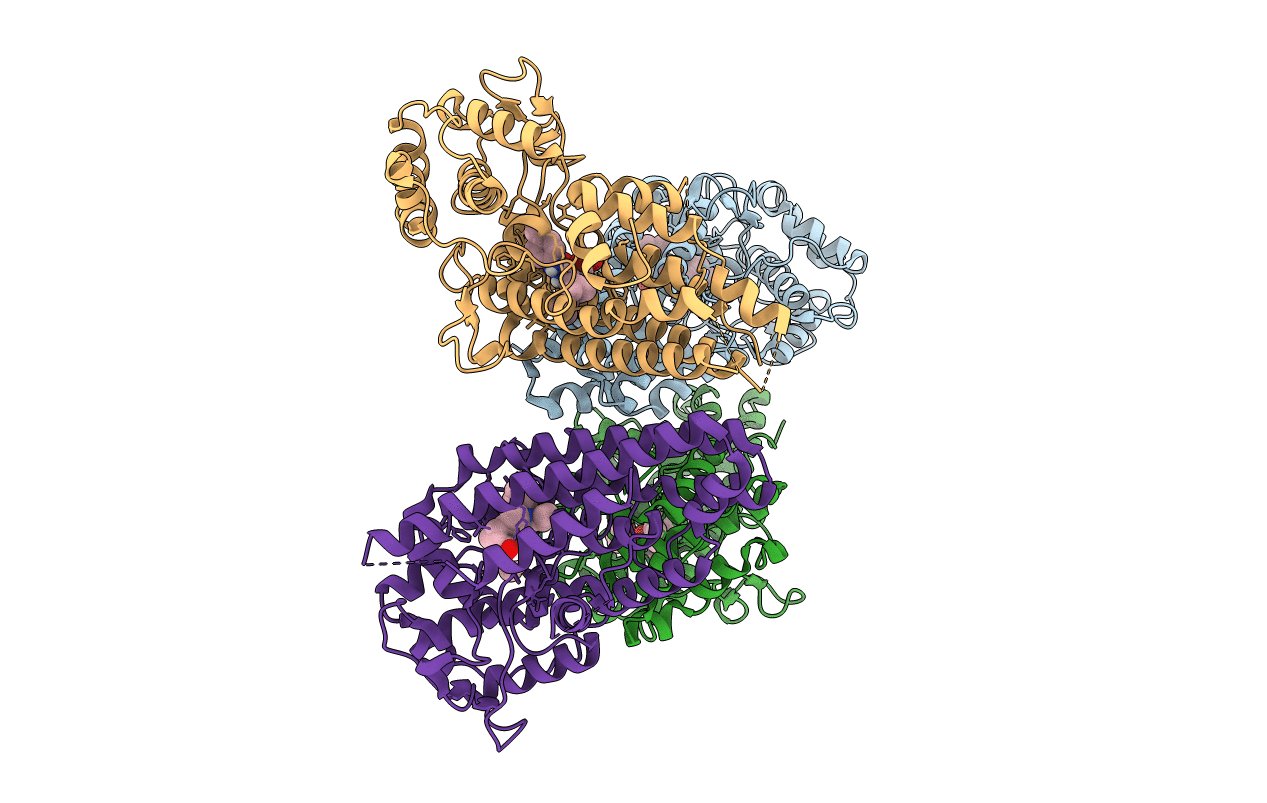
Deposition Date
2017-09-13
Release Date
2018-03-21
Last Version Date
2024-10-23
Entry Detail
PDB ID:
6AZV
Keywords:
Title:
IDO1/BMS-978587 crystal structure
Biological Source:
Source Organism:
Homo sapiens (Taxon ID: 9606)
Host Organism:
Method Details:
Experimental Method:
Resolution:
2.76 Å
R-Value Free:
0.27
R-Value Work:
0.19
R-Value Observed:
0.19
Space Group:
C 1 2 1


